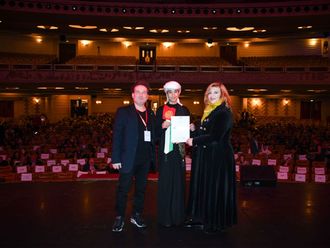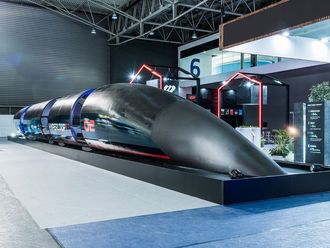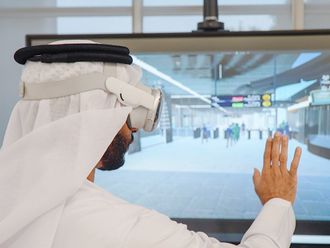American advisers acknowledged the need to modernise the Philippine Armed Forces, after they took a horrendous ride in 50-year-old helicopters in the southern Philippines where the government has failed failed to resolve a hostage taking crisis spawned by a group with links to Saudi-born Osama bin Laden, a general said.
Some 23 American experts were transported from relatively safe Zamboanga port city to Basilan, aboard Vietnam War-vintage UH-1H helicopters, which brought them above jungle hinterlands where the Abu Sayyaf has been hiding their two American and eight Filipino hostages, Lieutenant General Roy Cimatu said.
"We boarded four Huey helicopters yesterday and I told them that these are all we can offer," Cimatu narrated, adding, "I told them that these choppers are a luxury to us already, to emphasise to them our need for better equipment."
"They said it's okay so long as I ride with them," said Cimatu. The U.S. advisers would assess the equipment needed by the Philippine Armed Forces in fighting the Abu Sayyaf.
Cimatu gave an assurance they would not take part in combat missions against the Abu Sayyaf.
The old helicopters, dubbed in Manila as flying coffins, were part of U.S. Economic Support Fund at a time when the Philippines hosted two of the U.S. largest overseas war facilities in central Luzon.
The old helicopters were included in the compensation for the U.S. bases. At that time, the Philippine Air Force was never developed. Only the Philippine Army was supported with equipment to fight insurgency problem with communists who were present in far-flung provinces nationwide, and with separatist Muslim groups which are based in Mindanao.
Military support from the U.S. ended when the Philippine Senate rejected the U.S.-proposed 10-year extension of the defunct Philippine-U.S. Military Bases Agreement (MBA) in 1991.
U.S. advisers take rough ride in 50-year-old helicopters
American advisers acknowledged the need to modernise the Philippine Armed Forces, after they took a horrendous ride in 50-year-old helicopters in the southern Philippines where the government has failed failed to resolve a hostage taking crisis spawned by a group with links to Saudi-born Osama bin Laden, a general said.












